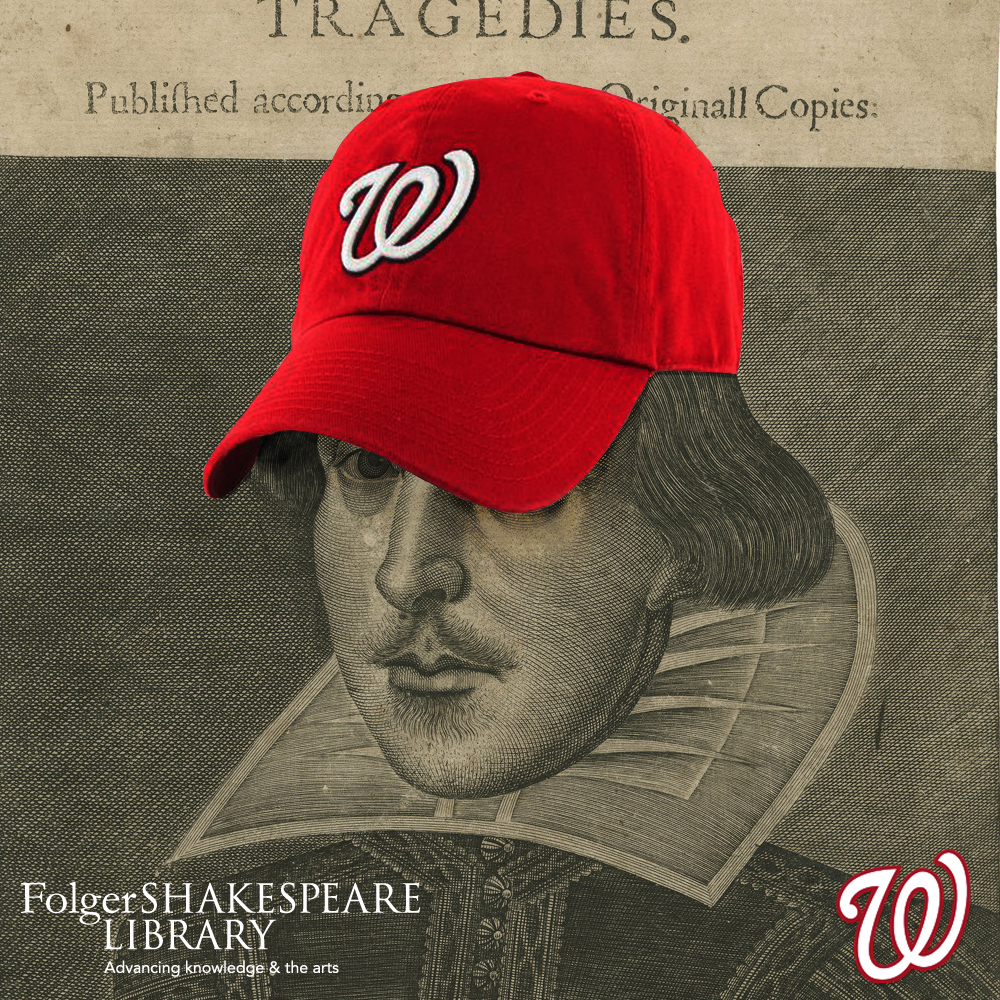The Folger Method | View in browser

Teaching Colleagues,
Hello, hello, hello! We know where you are...sailing along, w-a-a-a-y into the semester. Changing lives almost every minute of every day even though—oh my—it doesn’t feel like that a lot of days. It’s true though. You know it! And we know it!
And yet...where the heck have we been?! Like you, working hard on all kinds of stuff and, as always, working in your service. Even though, embarrassingly enough, this is the first Bard Notes of the school year, they’ll be coming more frequently and regularly from now on because we have a lot to tell you and ask you. Stay tuned!
First things first: we have worked hard on putting in writing the WHAT and HOW of the very powerful Folger Method. It’s the very effective—and best—way that compels students to navigate their way with enthusiasm through all kinds of complex texts...including Shakespeare. We demonstrate this all the time when we work with you in person—in institutes, academies, PD in your school, at NCTE and more. Since our work is ever-expanding, though, we saw the need to capture all of this in words. It took us a while, because it’s like capturing lightning in a bottle.
The Folger Method boils down to a basic set of Principles and Practices. Today, the Principles. Next up: The Practices. Here we go:
THE FOLGER METHOD: EIGHT FOUNDATIONAL PRINCIPLES
1. SHAKESPEARE’S LANGUAGE IS NOT A BARRIER BUT A PORTAL.
The language is what enables students to discover amazing things in the texts, the world, and themselves.
2. ALL STUDENTS AND TEACHERS DESERVE THE REAL THING:
- Shakespeare’s original language
- Primary source materials from the Folger and elsewhere
- Facts that present a complete picture of the Early Modern world
- Honest conversations about the hard questions raised in the plays
3. THE FOLGER METHOD IS A RADICAL ENGINE FOR EQUITY.
Every single student can learn this way, and every teacher can teach this way. Use our tools to help all students read closely, interrogate actively, and make meaning from texts.
4. GIVE UP SHAKESPEARE WORSHIP.
If your Shakespeare lives on a pedestal, take him down
and move him to a space where he can talk to everyday people...and other
great writers like Toni Morrison and Julia Alvarez, Scott Fitzgerald and Azar
Nafisi, James Baldwin and Homer, Frederick Douglass and Joy Harjo, Jane Austen
and Pablo Neruda, Amy Tan and George Moses Horton.
5. THROW OUT THEMES, TIDY EXPLANATIONS, THE IDEA OF A SINGLE RIGHT INTERPRETATION.
Together with your students, embrace the questions.
6. THE TEACHER IS NOT THE CONNECTOR OR EXPLAINER BUT RATHER THE ARCHITECT.
Set
up the interactions through which your students and Shakespeare discover each
other.
7. AMPLIFY THE VOICE OF EVERY SINGLE STUDENT.
Shakespeare has something to say to everybody, and everybody has something to say back to Shakespeare. The future of the humanities—and our world—depends on the insights and contributions of all our students.
8. SET STUDENTS ON FIRE WITH EXCITEMENT ABOUT LITERATURE.
When students learn this way, these things improve:
- their ability to read closely,
- their ability to cite evidence from the text,
- their confidence in tackling the next challenge.
Next on deck, putting these principles into practice!
Thanks and love,
PO’B
Peggy O'Brien, Ph.D.
Director of Education
Folger Shakespeare Library
201 East Capitol Street, SE
Washington, DC 20003
202.675.0372
folger.edu/teacher-membership
@obrienfolger
P.S. Speaking of “on deck” and baseball...how about the WASHINGTON NATIONALS headed to the World Series???!!!! So good to have something to cheer about in DC! We’re all pretty excited as you can see.

Unsubscribe | Forward | View in browser
You are receiving this email because you have subscribed to the Education list or have participated in a Folger Education program. Click "Unsubscribe" above to manage your email preferences.
Folger Shakespeare Library
201 East Capitol Street, SE Washington, DC 20003
Main (202) 544-4600 | Box Office (202) 544-7077 | info@folger.edu



